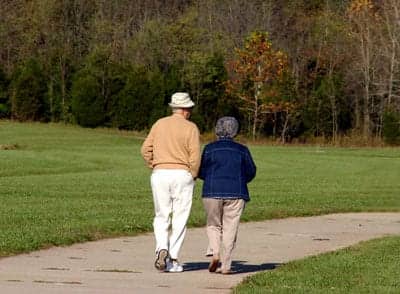In a nod to May as Older Americans Month, the American Occupational Therapy Association (AOTA) has spotlighted key strategies put into place by occupational therapy (OT) practitioners to reduce fall risk, increase community mobility, and help older adults engage in daily activities.
This year’s theme for Older Americans Month is “Safe Today. Healthy Tomorrow.”
The AOTA points out that OT practitioners seek to keep older Americans safe and promote independence in daily life through a variety ways.
These include preventing falls, helping older adults manage their fall risk by addressing physical, behavioral, and environmental risk factors. These factors include impaired balance, unsafe habits or routines, and hazards in the home or community, including loose throw rugs or unclear pathways.
Suggesting environmental modifications is another step implemented by OT practitioners to keep older adults safe and independent. Conducting an assessment of an individual in their home or work environment allows for the suggestion of modifications, equipment, and strategies unique to the client’s needs.
To this end, Karen Smith, OT, CAPS, Practice Associate for the AOTA, points out that if the home or environment is not supporting an individual’s abilities, “the occupational therapist can provide an assessment and recommendations to make it safer and encourage participation in meaningful activities.”
The AOTA also notes that when driving ability is in question, OT practitioners can help serve the individual by providing driving evaluations to pinpoint solutions to stay on the road, or when risk exceeds the reason, explore alternative way to stay mobile in the community, based upon each individual’s strengths and challenges.
Incorporating family members and helping them keep older adults safe is another key component to ensuring safety and independence for older adults, the AOTA points out. Elin Schold-Davis, OTR/L, CDRS, project coordinator for AOTA’s Older Driver Initiative, emphasizes the ultimate goal is to preserve dignity, independence, and safety.
“Occupational therapy practitioners can empower loved ones with personalized information and talking points vital to a successful conversation,” Schold-Davis says.
Enhancing function for individuals with low vision, recommending lighting solutions for specific areas and activities, and managing medications round out the other strategies implemented by OT practitioners to ensure safety and community mobility.
Access tip sheets encompassing the topics above and learn more about how OT practitioners work to empower older adults here
Source: AOTA





